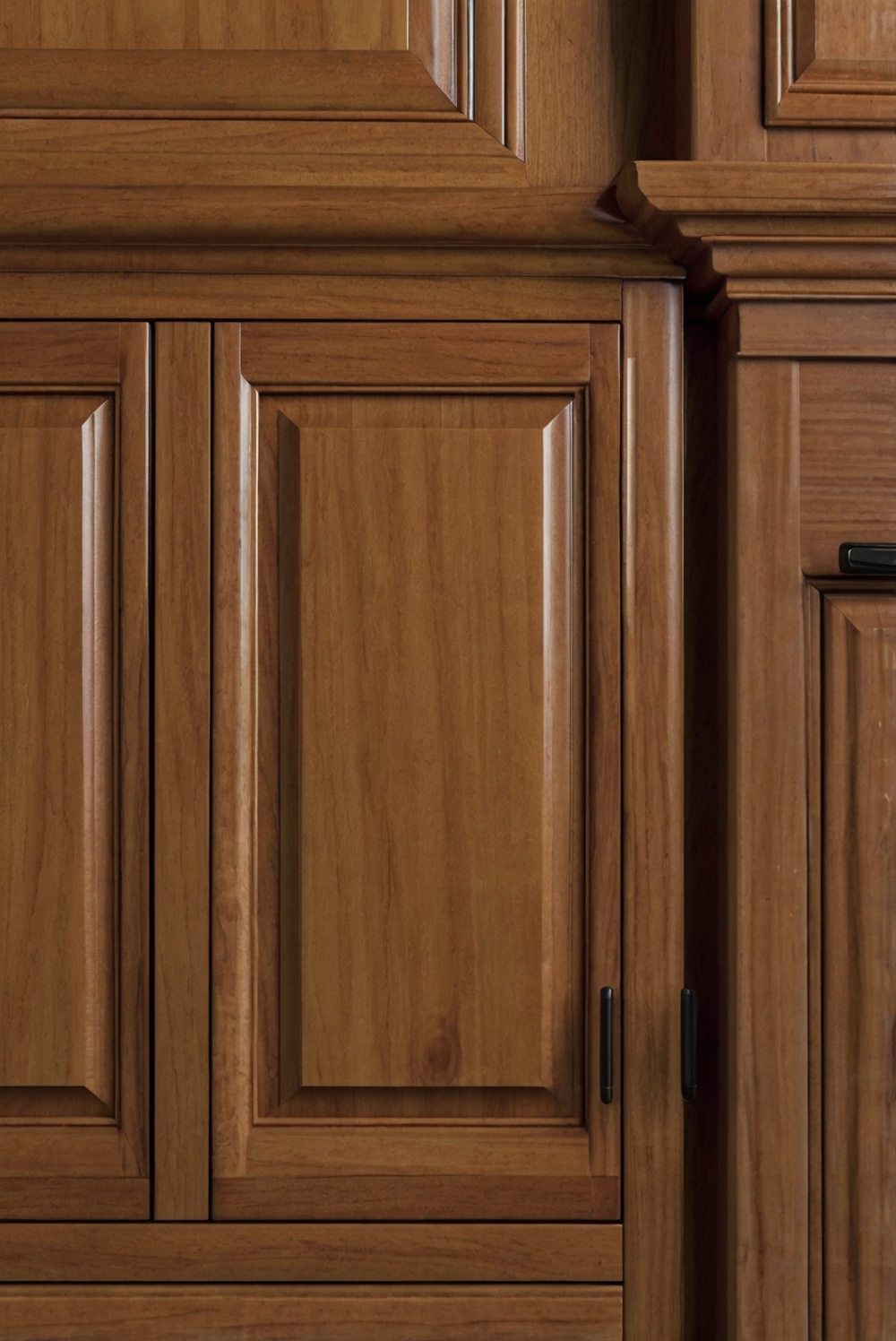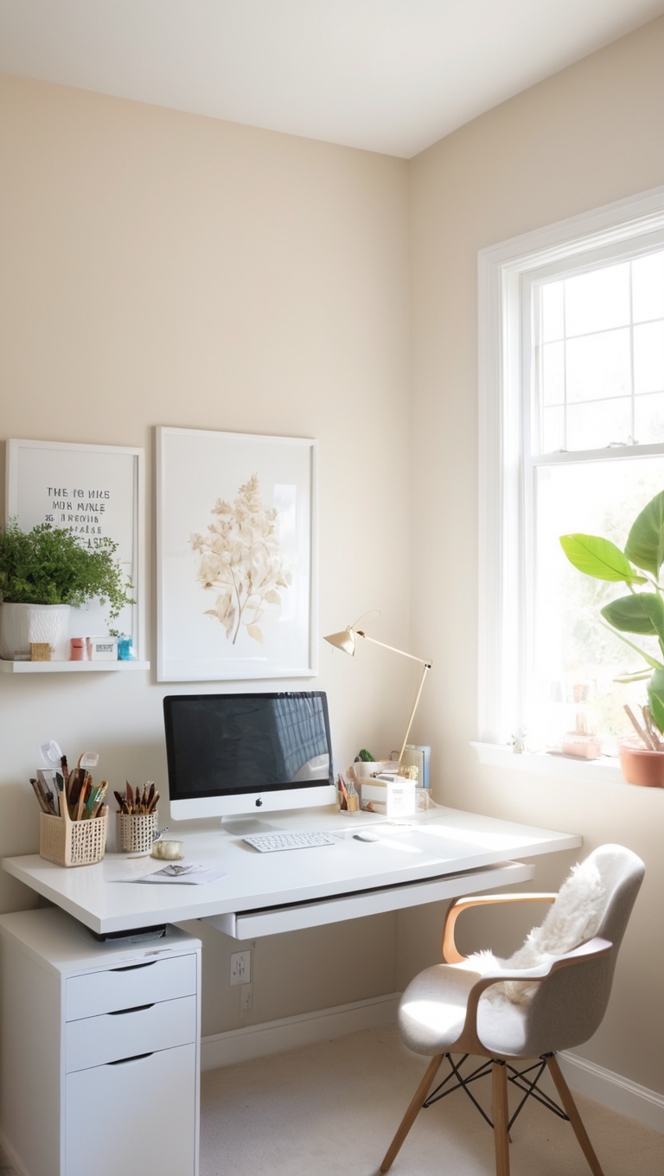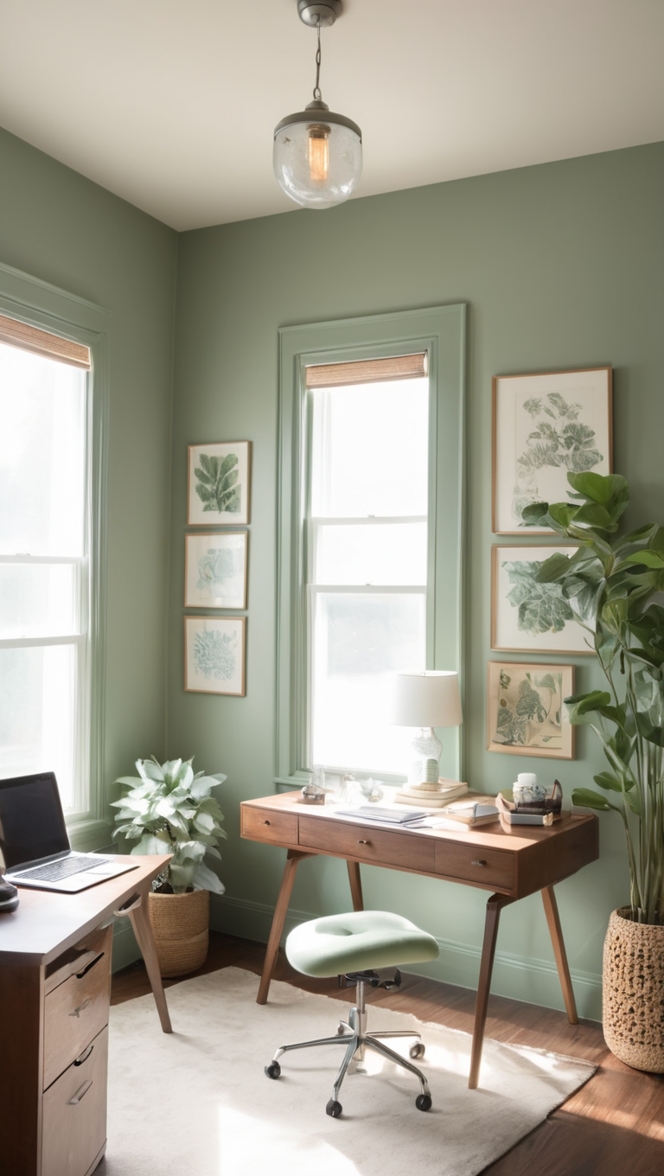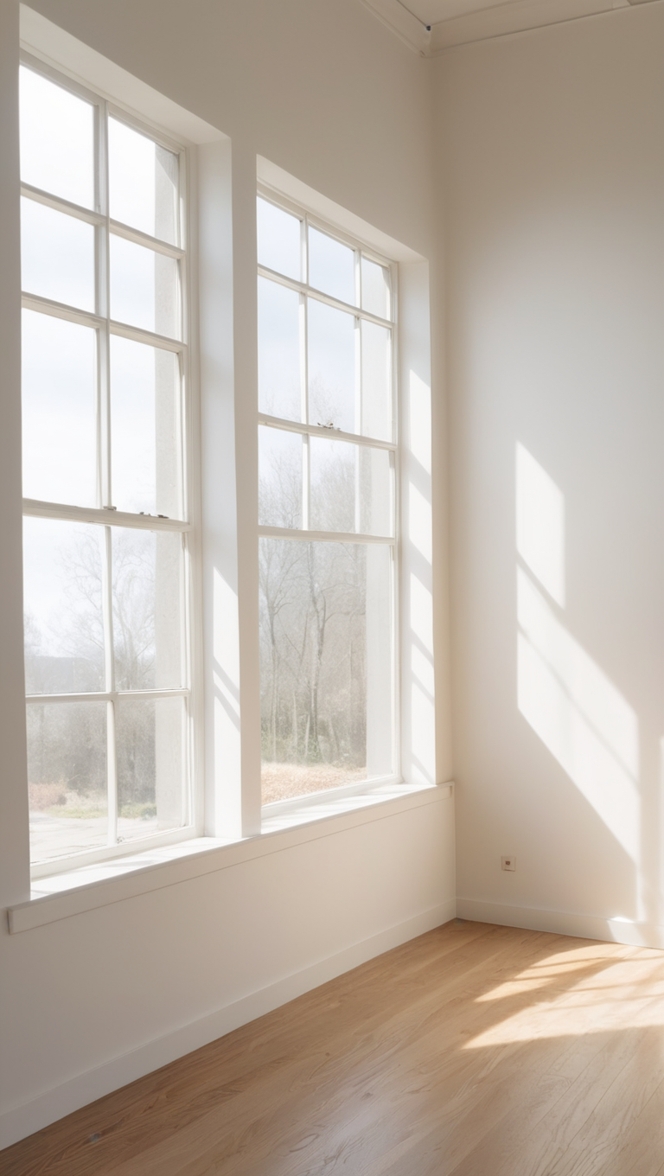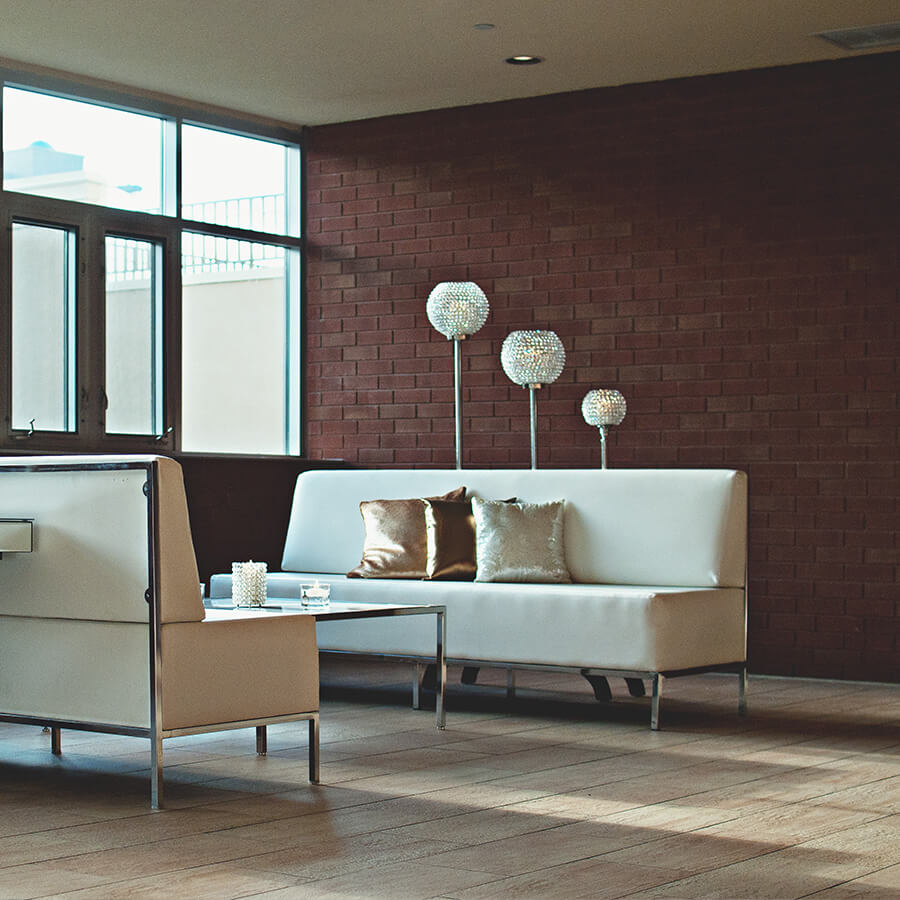Discover the ideal wood trim to complement your cabinets, adding a stylish finish to your cabinetry. Explore tips for selecting the perfect accent.
**How to Choose Wood Trim for Your Cabinets (Find the Perfect Accent for Your Cabinetry)**
How to Choose Wood Trim for Your Cabinets (Find the Perfect Accent for Your Cabinetry)
In order to choose the perfect wood trim for your cabinets, consider the following factors:
1. **Cabinet Style**: Match the wood trim to the style of your cabinets for a cohesive look.
2. **Wood Type**: Choose a wood type that complements your cabinet material.
3. **Finish**: Ensure that the finish of the wood trim coordinates with the cabinet finish.
4. **Budget**: Set a budget for the wood trim to narrow down your options effectively.
5. **Durability**: Select a high-quality wood trim that is durable and long-lasting.
By following these steps, you can find the ideal wood trim that will enhance the appearance of your cabinets while adding a touch of elegance to your space.
Choosing the Right Wood Trim for Your Cabinets
When it comes to enhancing the look of your cabinets, adding wood trim can make a significant difference. Wood trim not only adds a touch of elegance but also helps to protect the edges of your cabinetry. However, selecting the right type of wood trim is crucial to ensure a seamless and harmonious appearance. In this guide, we will delve into the different types of wood trim available for cabinets, how to determine the best match for your existing cabinetry, the benefits of using wood trim, and essential installation tips.
Types of Wood Trim for Cabinets:
There are various types of wood trim options to choose from when it comes to accentuating your cabinets. Some popular choices include:
1. Crown Molding: Crown molding is a classic choice for cabinet trim that adds a touch of sophistication to the overall look. It is typically installed at the top of the cabinets to create a seamless transition between the cabinets and the ceiling.
2. Base Molding: Base molding is installed at the bottom of cabinets to cover the edges and provide a finished appearance. This type of trim helps to conceal any imperfections at the base of the cabinets.
3. Light Rail Molding: Light rail molding is installed underneath the upper cabinets to conceal under cabinet lighting fixtures. It not only adds a stylish touch but also helps to protect the lighting components.
4. Scribe Molding: Scribe molding is used to fill gaps between cabinets or between the cabinets and the wall. It helps to create a unified look by covering any irregularities in the installation.
Determining the Right Wood Trim for Your Cabinetry:
To choose the perfect wood trim for your cabinets, consider the following factors:
– Wood Type: Match the wood trim to the type of wood used in your existing cabinets for a cohesive look. Consider the color, grain, and finish of the wood to ensure compatibility.
– Style: Consider the style of your cabinets and the overall aesthetic of your kitchen. Choose a trim style that complements the design elements and enhances the visual appeal.
– Budget: Different wood trim options vary in price, so consider your budget when selecting the trim for your cabinets. Choose a quality trim that fits within your budget and provides a durable finish.
Mixing and Matching Wood Trim for a Unique Look:
Mixing and matching different types of wood trim can create a unique and customized look for your cabinets. For instance, you can combine crown molding with light rail molding for a layered effect or mix different wood species for a contrasting look. Just ensure that the trims complement each other and do not clash in style or color.
Benefits of Using Wood Trim on Cabinets:
There are several benefits to adding wood trim to your cabinets:
1. Enhanced Aesthetics: Wood trim adds a decorative element to your cabinets, enhancing their visual appeal and creating a polished finish.
2. Increased Durability: Wood trim helps to protect the edges of your cabinets from wear and tear, extending their lifespan.
3. Concealed Imperfections: Wood trim can cover gaps, seams, and uneven edges, giving your cabinets a seamless and professional appearance.
Measuring and Cutting Wood Trim for Cabinet Installation:
Before installing wood trim on your cabinets, follow these steps to ensure a precise fit:
1. Measure the length of the cabinets where the trim will be installed.
2. Use a miter saw to cut the trim at a 45-degree angle for corners and joints.
3. Dry-fit the trim pieces to ensure they fit snugly and make any necessary adjustments before installation.
Tools Needed for Installing Wood Trim:
To install wood trim on your cabinets, you will need the following tools:
1. Miter saw: For cutting the trim at precise angles.
2. Nail gun or hammer and nails: For securing the trim in place.
3. Wood glue: For additional adhesion and stability.
4. Sandpaper: For smoothing out rough edges of the trim.
5. Paintbrushes or stain applicators: For finishing the wood trim.
Tips for Staining or Painting Wood Trim:
To ensure a uniform and professional finish when staining or painting wood trim, follow these tips:
1. Sand the wood trim to remove any rough spots or imperfections.
2. Apply a wood conditioner before staining to ensure an even coat and prevent blotchiness.
3. Use a high-quality brush or applicator to apply the stain or paint evenly and smoothly.
4. Allow each coat to dry thoroughly before applying the next coat for a flawless finish.
In conclusion, choosing the right wood trim for your cabinets can elevate the look of your kitchen and create a cohesive design. By considering the wood type, style, and budget, you can select the perfect trim to complement your existing cabinetry. Whether you opt for crown molding, base molding, or scribe molding, adding wood trim offers aesthetic benefits, durability, and a professional finish. Follow the installation tips and staining guidelines to achieve a seamless and polished look for your cabinets. With the right wood trim, you can transform your cabinets and give your kitchen a fresh new appearance.

